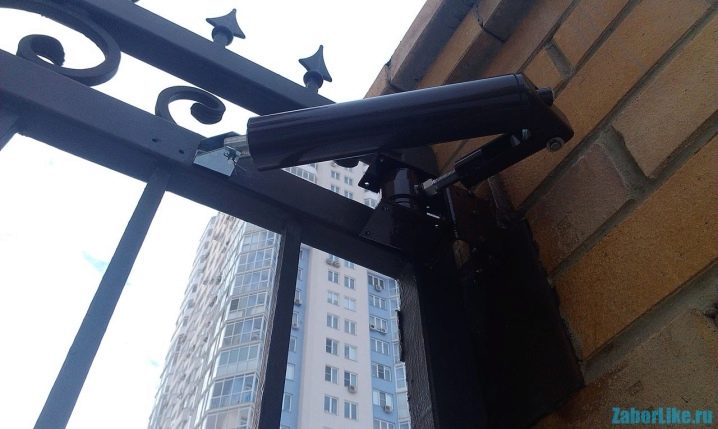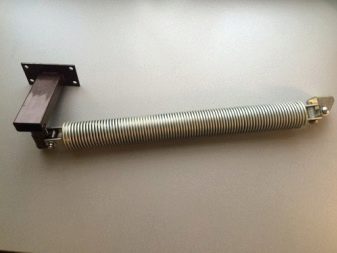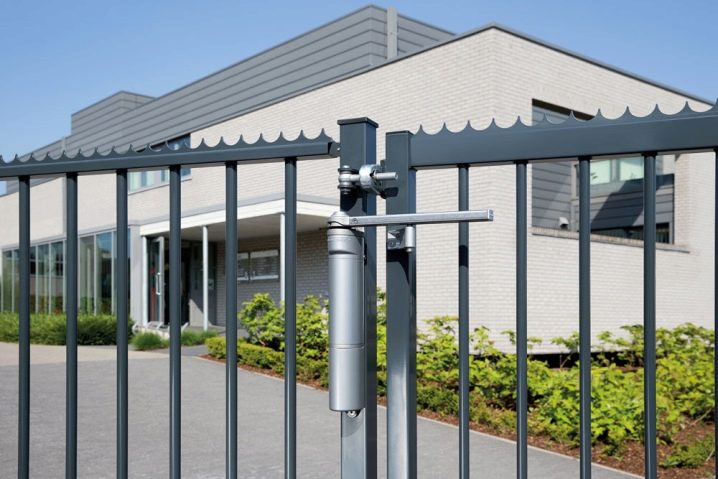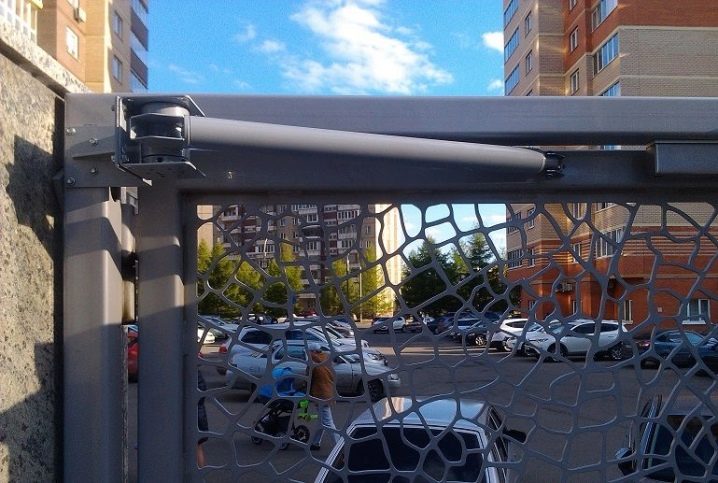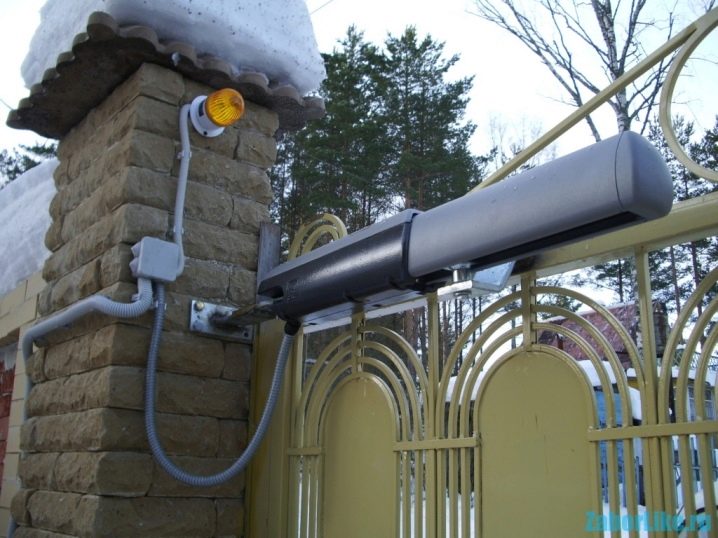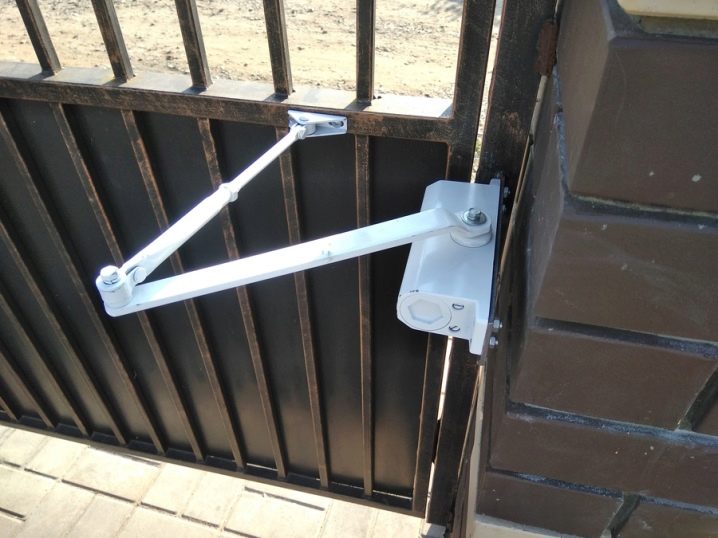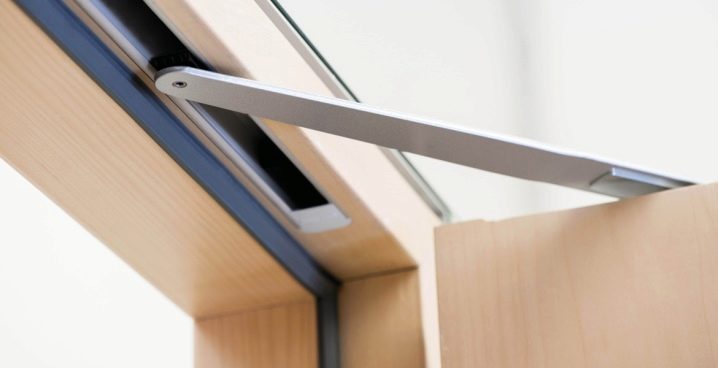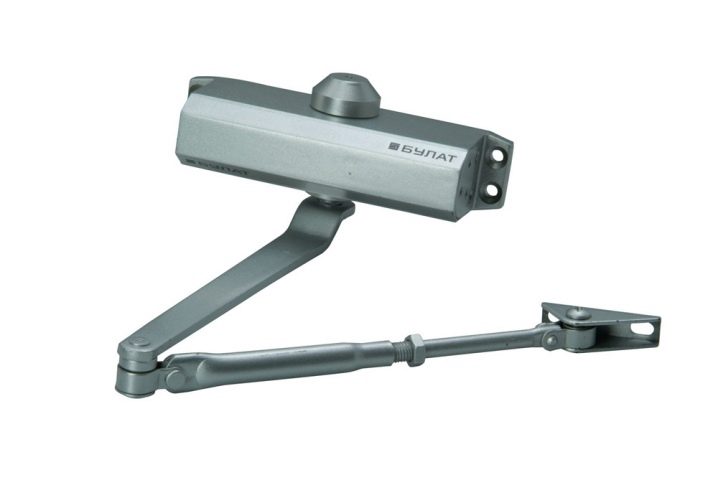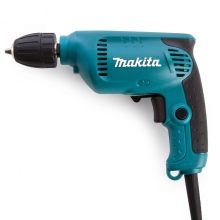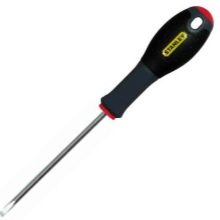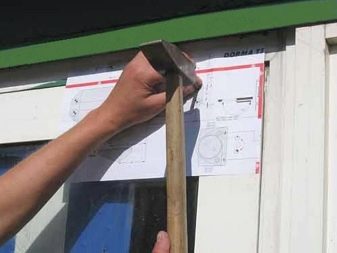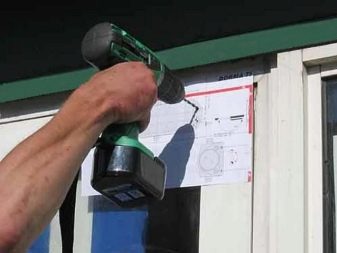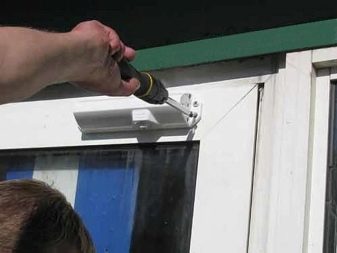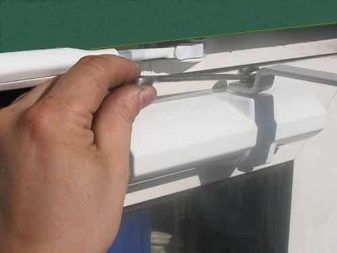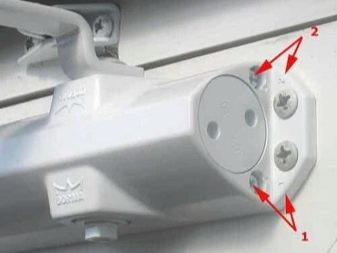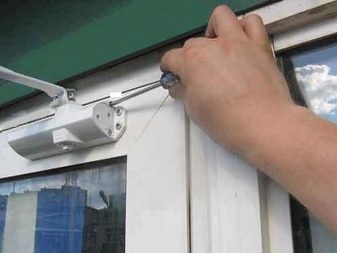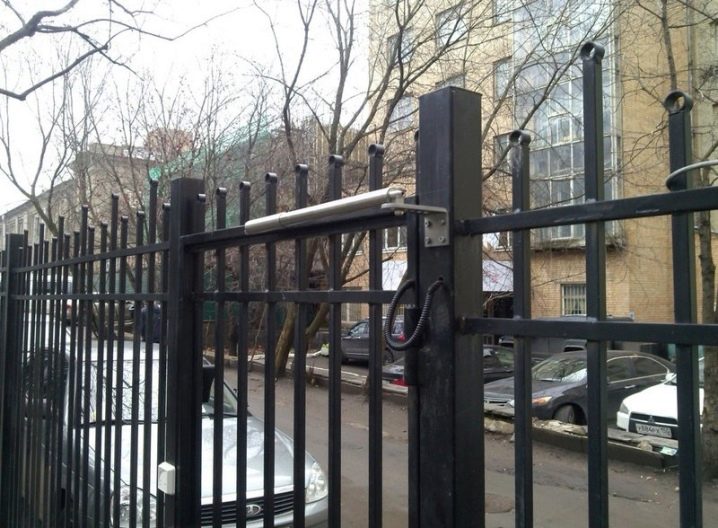Door street frost-resistant closers
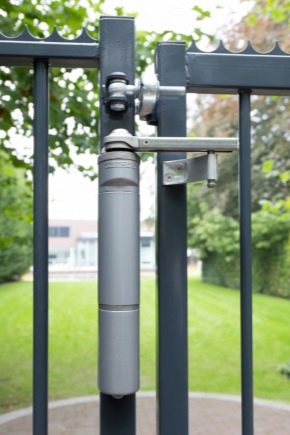
In the old days, specialized counterweights or springs were used to hold the door in a constantly closed position and to preserve heat. Such constructions were often massive and were not distinguished by special refinement. Now, for the implementation of this functional purpose, you can put an outdoor frost-resistant door closer. The effect of this device is based on the concepts of pneumatics or hydraulics, which makes it possible for the device to close the door smoothly and effortlessly and without pops.
Varieties and principles of functioning of mechanisms
The design of this device includes a metal case, where the reinforced steel spring is located, which is compressed under the influence of the piston. The spring is placed in a specialized capsule. The capsule is filled with lubricating oil, which, when the spring returns to the starting position, is transferred through special channels to the working tank.
This technological solution ensures a soft and smooth closing of the door. Specialized valves, located on the front side of the housing, adjusts the door closer. The door fitting is made of rust-resistant materials (silumin), and the gear and piston are made of high quality steel. The mechanism of the closer is provided for 500 thousand cycles.
According to the principle of functioning mechanisms are as follows.
- Hydraulic. They can easily install and change the speed and force of closing the sash. Resistant to frost, they are ideal for wickets and doors with a small intensity of passage.
- Pneumatic. Such a device includes a piston, a spring and a hollow inside chamber. They can be installed on street gates and entrance doors with high intensity of passage. They can operate at temperatures from -50 ° C to + 50 ° C.
- Electric. Create conditions for smooth contactless opening and closing. To set the door in motion, you only need to press a button. Implemented with locks, carry temperature surges. The only drawback is the need for a stable power supply.
According to the method of installation of the device are divided into the following.
- Overhead. Put on the frame, sash or hinge.
- Outdoor. They are installed in the floor, they require advance preparation in the form of a special niche in the floor under the mechanism.
- Hidden. Hiding in the cavity of the box or door.
Selection by parameters
Many believe that it is enough to purchase the most expensive or powerful modification, and everything will be as it should, but this is not quite so. Making the choice, it is necessary to pay attention to the basic parameters, since they play a crucial role in the work of the device.
- The closer must meet the weight of the door leaf. Otherwise, the product simply will not cope with its own tasks. Usually on such products there is information about how many kilograms they are able to withstand, as a result of this, the parameters of the door are first established, and the other important components are selected for it.
- For doors installed on the street, only frost-resistant mechanisms are suitable, with additional space for the oil with the lowest freezing point.
- The longer the life of the device, the better. But with increasing resource increases the price of the product.
- Another important point is the availability of a guarantee, which is extremely convenient for the first time you use the door closer. It is necessary to find out right in the store where the mechanism is bought.
Remember! If the device meets all conditions, then the door will close freely, quickly and without noise.
Mounting the mechanism with your own hands
To install the closing mechanism will require:
- electric drill;
- ruler;
- ordinary soft pencil;
- screwdriver.
As a rule, the manual with templates for mounting is attached to the closing doors. In this case, you will need to choose the class of force in accordance with the width and weight of the canvas and orient yourself to the place of fixation of the mechanism - directly on the door leaf or jamb (depending on the direction in which the door opens).
We attach the template and fasten it with scotch tape.After that, using a center punch, we mark the places under the holes and drill them with an electric drill. Following all the instructions of the instructions, we mount the body of the closing device with self-tapping screws and check the orientation of the adjusting valves.
After fixing the mechanism of the closer proceed to mount the lever thrust. It includes 2 halves, mating thread. The length of the lever can be adjusted. Due to this, we expose the angle of opening of the door, equal to 90 degrees. If the layout and installation of the door closer was carried out in accordance with the mounting template, then everything should function without problems the first time. The design of lever thrust may be different, but the principles of mounting all the closers are similar.
Adjustment mechanism
To properly configure the mechanism, it is necessary to deal with the valves for adjustment, which are located in the body and are responsible for the flow of oil. The valve at number 1 changes the angle of the door opening, which can be 180 degrees, and the valve at number 2 changes the speed of its closing. Expensive modifications are also equipped with a third valve. To adjust most mechanisms, namely the change in spring force, travel speed and door closing force, there is a standard of values that is in the range of 180 ° - 15 °.
Initially, the angle of opening the door is regulated. To do this, the valve determines the desired value of 90 or 180 degrees, and then accepted for changing the speed of closing the door using valve 2. After opening the door leaf to the desired angle, the door is released and, turning valve 2, achieve smoothness at the final 7-15 degrees and sure pressing the door leaf to the box (dead). When adjusting, you do not have to be very zealous, because after turning a quarter of a turn of the valve, the door will close, noticeably slowing down.
Competent adjustment of the door closer with timely and systematically performed setting makes it possible to operate the mechanism for a long time. But often negligent tenants of the house put props on the access doors for carrying out things or airing. This creates an extra load on the glands and piston, which contributes to the squeezing of oil from the fixture. Subsequently, from such actions, internal elements fail, and the repair is not able to return to the mechanism of the original serviceable condition.The only way out is the acquisition of a new closer.
Recommendations for use
So that the closing mechanism does not lose its working capacity ahead of time, do not increase the speed of closing the door with your hands and do not block the open door leaf by supporting it with heavy objects and pressing the handle. If an open entrance is required for a long time, uncouple the link arms.
The proper functioning of the door closer depends on how well the doors were installed. Before installing the case, check the door leaf for looseness, hinges, asymmetry. Check the position of the latches and locks during operation. Do not allow children to hang and swing on the doors.
For free movement of the closing mechanism, at least once a year, lubricate the joints connected with hinges with grease. Carry out the adjustment of the mechanism every 6 months if it is exposed to direct rays of the sun and precipitation. It is better to protect the device at the installation stage.Thus, even an inexperienced master can cope with the installation and maintenance of the mechanism. The door will function in the required mode, if you follow all the rules of operation.
How to install a door closer, you will learn from the video.
